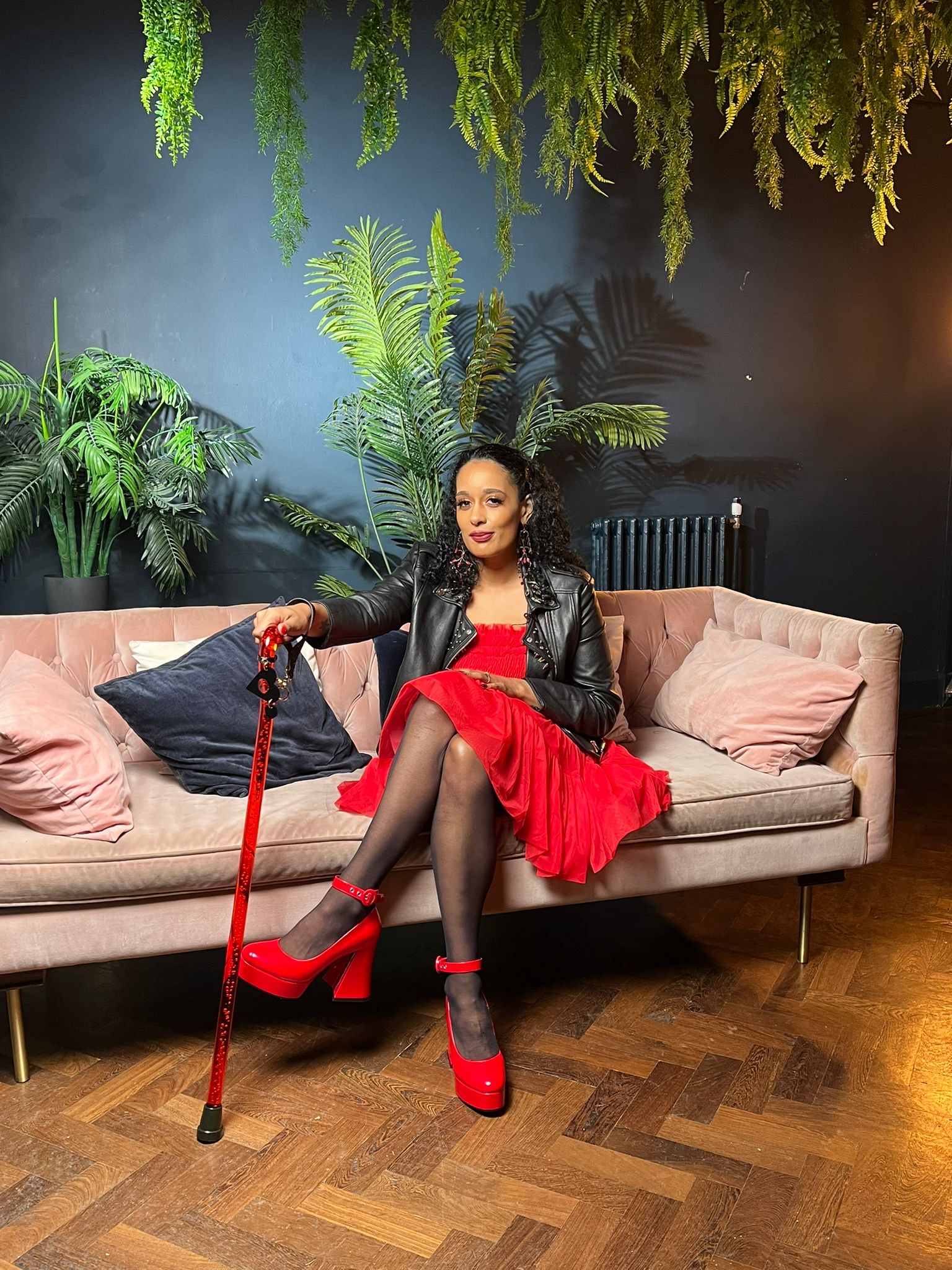Like most industries, market research was heavily disrupted by the pandemic. Apart from the hiatus caused by lockdown, we saw the almost complete disappearance of face-to-face interviews. We avoided travelling to speak to respondents in their homes and offices and we stopped patronising viewing studios many of which struggled to survive and some never made it to the other side.
Since then, the vast majority of interviews are done via Zoom or Teams, which have also taken the place of telephone interviews as well as face to face, despite the fact that many calls don’t require materials to be shown. It’s just become the norm.
So now that we are operating almost entirely virtually it’s time to compare the pros and cons of this brave new world.
Virtual interviews are, undeniably, cost-efficient. There are no travel or room-hire costs and no time overheads in getting the two parties together. So clients can achieve get by with a smaller budget, or spend the same as before and access a bigger sample.
Also, Zoom calls are much easier to schedule. It’s quite easy to find a spare hour at some point in the day, even if it’s late in the evening.
And the great thing about a virtual meeting is that wherever you are, you’re already there. So, we can easily reach a much wider geographical spread of respondents. A nurse in Nottingham? No problem. A Gastro in Galveston? Sure thing. A surgeon in Sydney? G’Day mate.
But there are snags. Connectivity can be a pain in the router, causing delays and postponements. And if you’re discussing sensitive issues, data privacy and security is a natural concern.
But the biggest issue when comparing the virtual to the ‘real world’ is that on camera we don’t get the same, rich level of non-verbal cues as we do face-to-face. When showing material, the respondent’s image is reduced to a thumbnail, so reading reactions is almost impossible and many of them opt to keep their cameras turned off, so we might as well have had a phone call instead.
So what about face-to-face interviews?
There’s no doubt that the real-world interview offers a greater depth of insight. Especially for clients who have the golden opportunity to view conversations first-hand, witness gut reactions and hear the tone of voice.
And they can tailor the guide in real-time, reacting to responses and throwing in extra questions from behind the mirror. Afterwards, they can discuss what they’ve heard while it’s all fresh and raw.
Sitting in the same room creates a warmer, more personal interaction, between the respondent and the moderator, encouraging more genuine responses and more valuable insights.
And there are no distractions for respondents in a studio. Unlike in a Zoom call, we get their total attention. We’ve all experienced virtual conversations where one or both parties are simultaneously texting someone else, replying to emails or watering their desk plants.
Body language cues are much more observable when you’re in the same room as a respondent and if the interview takes place in their home or work environment we get an insight into their attitudes and lifestyle.
In reality, it makes more sense to compare virtual meetings to the old-school telephone interview, because Zoom brings the advantage of some visual interaction and easier sharing of materials.
All of the above applies to one-to-one interviews but what about focus groups?
That’s an easy one. Hands down, there’s no substitute for the real-world interplay of mixed participants sitting around a table, passing opinions back and forth, and uncovering new insights that were never even imagined in the planning stage. Virtual focus groups, by contrast, are clunky affairs, with little interaction, technical glitches and awkward time-lags. They just don’t play well.
So which type wins the Gold Medal for individual interviews? Well, as you might expect, there’s a place for both.
Zoom/Teams wins on convenience and cost but falls down on depth and nuance. Face-to-face is hard on the budget, but if you really need to get down to the essence of a topic there’s no substitute for being up close and personal. So, choose your weapon to fit your battle.




